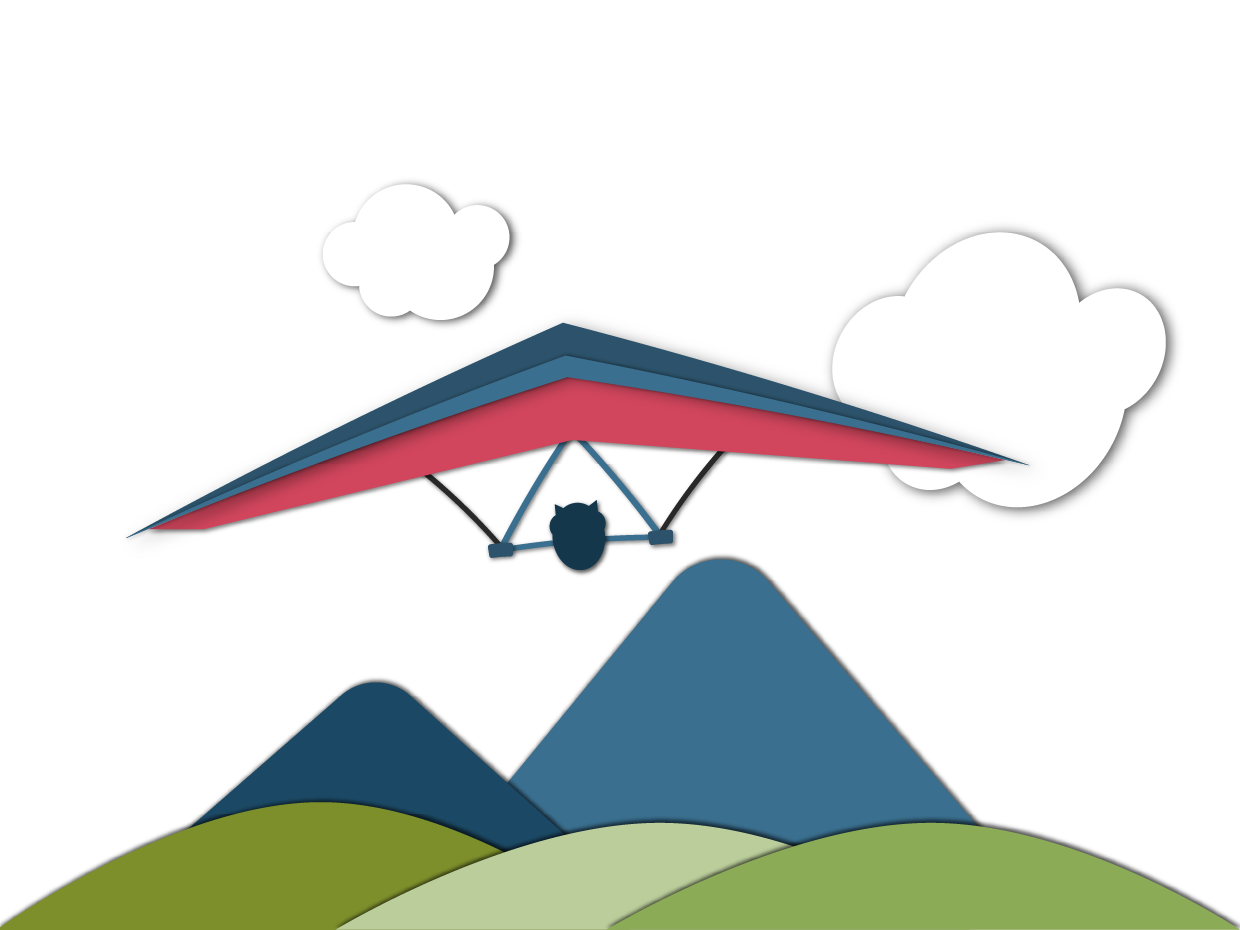On this page you’ll find
1. Credit cards
With credit cards, there are hundreds of options to choose from. The features offered and the interest rate will vary from card to card. If you pay off the balance in full each month, you won’t pay any interest.
2. Overdraft protection
This covers a short-term cash shortage in your bank account. It also covers NSF (not sufficient funds) cheques. You may pay a monthly charge for this service, or you may pay only when you need to use the service. You will also pay interest on the money you borrow. These interest charges can be high.
3. Personal loan
You can get a term loan or line of credit from a bank, trust company, credit union or finance company. With a term loan, you repay the loan over a fixed period of time at a fixed rate of interest. With a line of credit, you’re pre-approved to borrow up to a set limit. You can borrow and repay at any time, as long as you make the minimum monthly payment.
4. Mortgage
This is a long-term loan you get to buy a home. With a mortgage, interest rates are lower because your home secures the loan. You have different options for how and when you repay the loan.
5. Home equity loan
You can borrow against the money you have invested in buying your home. The more you’ve paid down on your mortgage (your equity), the more you can borrow. Again, interest rates are often lower because your home secures the loan.
6. Lease
A lease is a long-term rental on a product, such as a car. It works a bit like a loan. You make regular payments at a fixed rate of interest. The payments are usually lower than payments on a loan for the same term. The big difference is that at the end of the lease, you don’t own the product. But you may have the option to buy the product for what it is worth at the end of the lease.
Many leases set special conditions you must meet. For example, a car lease can limit how many kilometres you can drive each month.
7. Borrowing from your RRSP
Through Canada Revenue Agency’s Home Buyers’ Plan and Lifelong Learning Plan, you can borrow money from your RRSP without paying tax to buy your first home or pay for education. However, when you borrow from your RRSP, the money you take out of the plan won’t be growing tax-free for your retirement and you will have to pay it back.
8. Borrowing against your RRSP
In some cases, you may be able use money in your RRSP as collateral for a bank loan. This may not be allowed depending on your bank policy or RRSP administration agreement. Make sure you get expert advice from a tax planner or financial advisor before you go ahead. If you don’t follow the rules, you’ll have to pay tax on the RRSP money you use as collateral.
Key point
The right loan option depends on why you’re borrowing. For example:
- if you need to borrow a small amount of money for a short time, look into a personal loan or a line of credit
- if you’re buying your first home, look into borrowing from your RRSP under the Home Buyers’ Plan
Caution
If you’re considering borrowing money to invest, you should understand that taking on debt involves more risk than paying for an investment outright with cash. Whether your investment makes money or not, you still have to pay back the loan plus interest. If you rely solely on investment returns to cover your borrowing costs and your investment falls in value, you could end up defaulting on the loan. If you put up your home, or other investments, as collateral for the loan, you could lose them as well.
